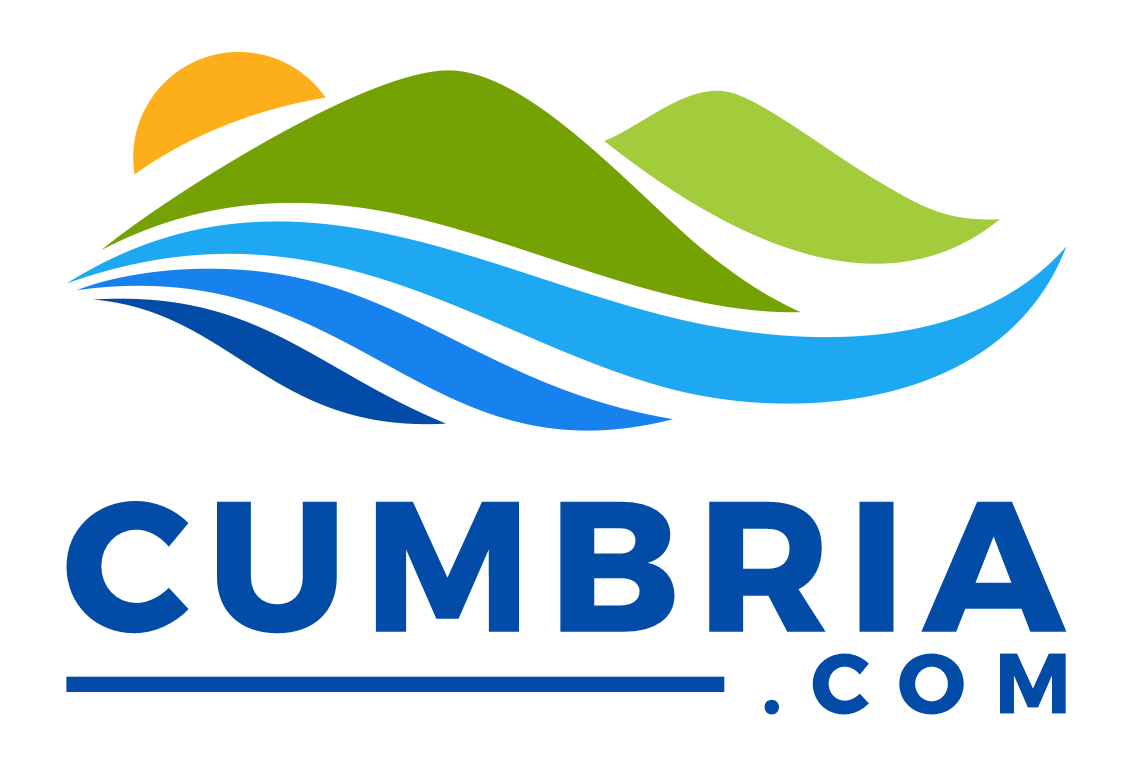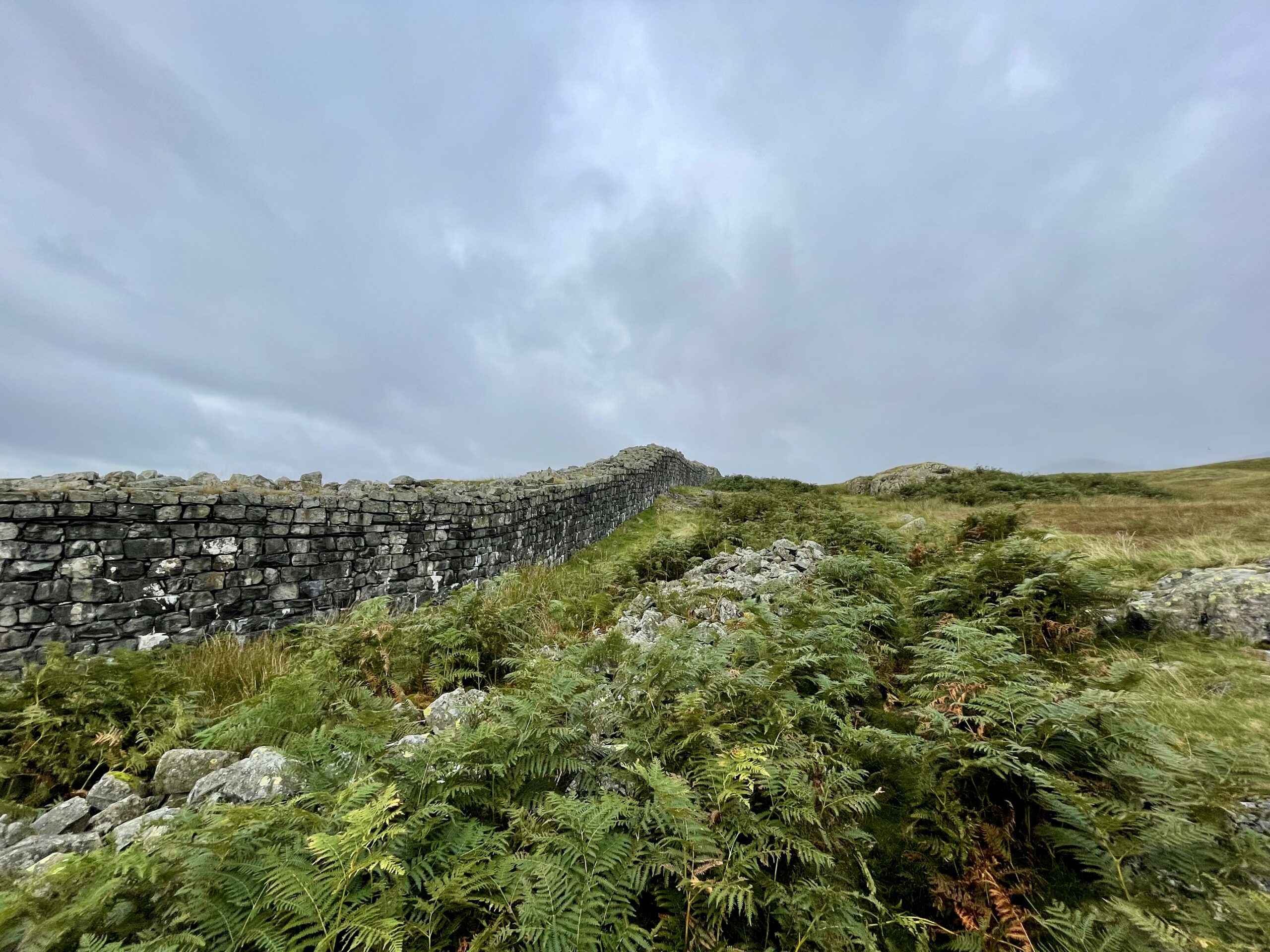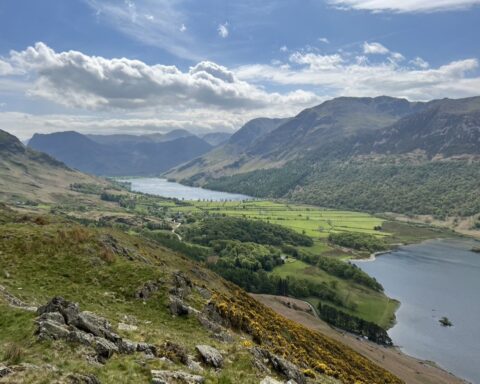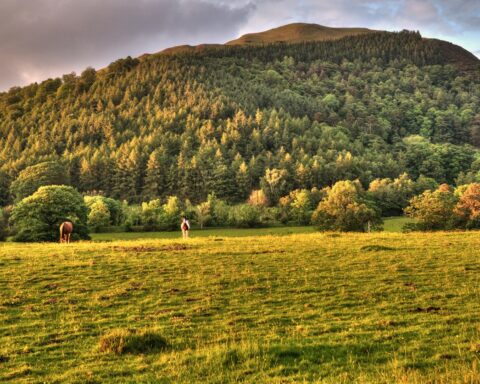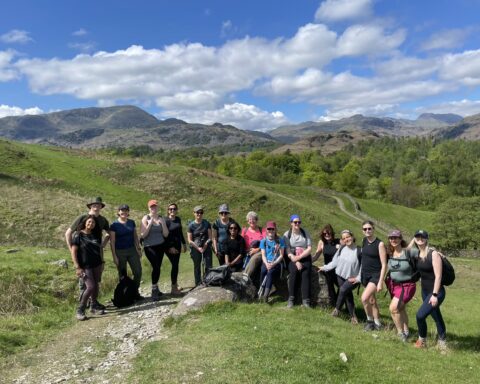Discover Eskdale the Hidden Gem of the Lake District
The unspoilt valley of Eskdale is one of the best-kept secrets in the Lake District. It lies on the far western edge of the National Park, a long way from anywhere. Many people are put off visiting by the time it takes to get here: if you don’t come by train, you either face a long drive around the coast. Alternatively, you have to negotiate the hair-raising bends of both the Wrynose and Hardknott pass, which are often impassable in winter. But those who make the effort are richly rewarded.
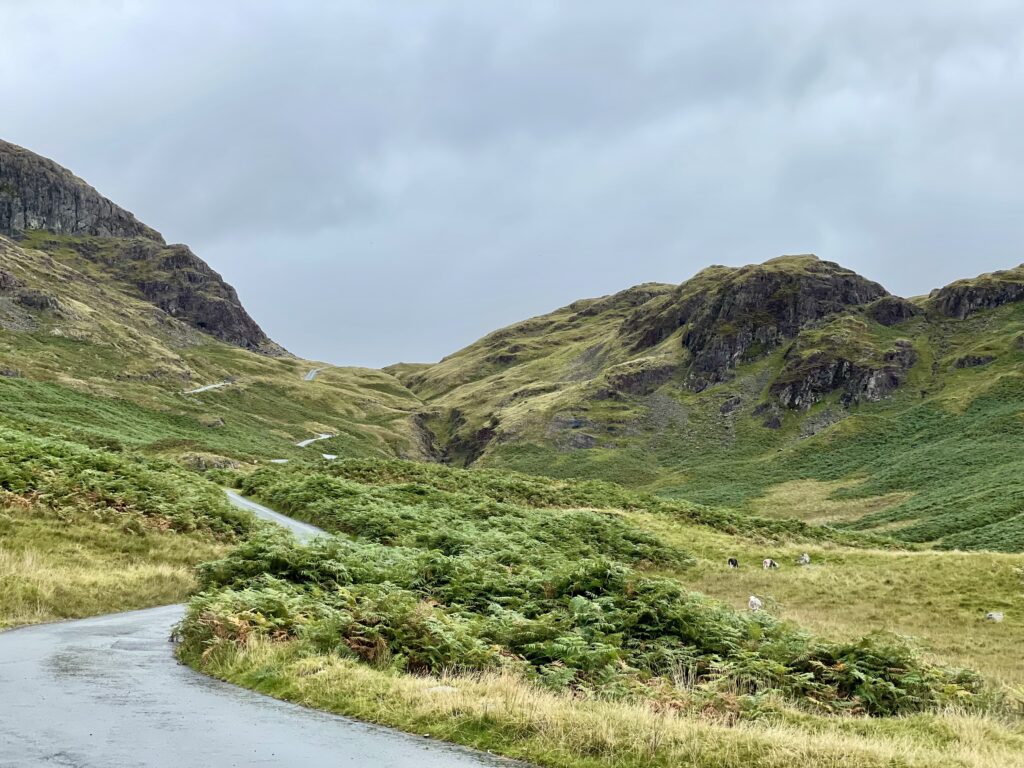
Explore the Eclectic Beauty of Eskdale Valley
On its short, exciting journey, the River Esk begins from the highest of the Lakeland fells and makes its way to the Irish Sea at Ravenglass. Throughout its journey, the river has carved out a beautiful and eclectic dale, showcasing the diversity of the landscape. The journey starts in the remote amphitheatre of Upper Eskdale, a place bound by fearsome walls of rock and scree. From there, the river plummets dramatically into the main part of the valley. In this valley, the River Esk gently meanders between lush meadows and patches of woodland, creating a serene environment.
There’s a chance of catching a glimpse of the increasingly rare red squirrel in the woods. This small, bushy-tailed native has been pushed out of much of England by the North American grey squirrel. However, it still clings on to its territory in parts of Cumbria. Despite facing competition from the invasive grey squirrel, the native species continues to thrive in certain regions of Cumbria. It maintains its presence in the face of ecological challenges, demonstrating resilience in its habitat.
Things to Do in and Around Eskdale Green and Boot
This is a quiet valley, sparsely populated. The sheep grazing the valley bottom and the low, grassy fells probably outnumber the inhabitants of its two main settlements, Eskdale Green and Boot. These villages are where you’ll find the valley’s main facilities – campsites, a few B&Bs, a couple of tiny shops, and several pubs, all of which serve food. Most of the valley’s main attractions are within easy walking distance. Among them is Stanley Ghyll Force, one of the Lake District’s most spectacular waterfalls. Additionally, visitors can explore the La’al Ratty narrow-gauge railway and the Japanese Garden in the Forestry Commission’s Giggle Alley, where bamboo thickets and colorful maples create a tranquil atmosphere.”
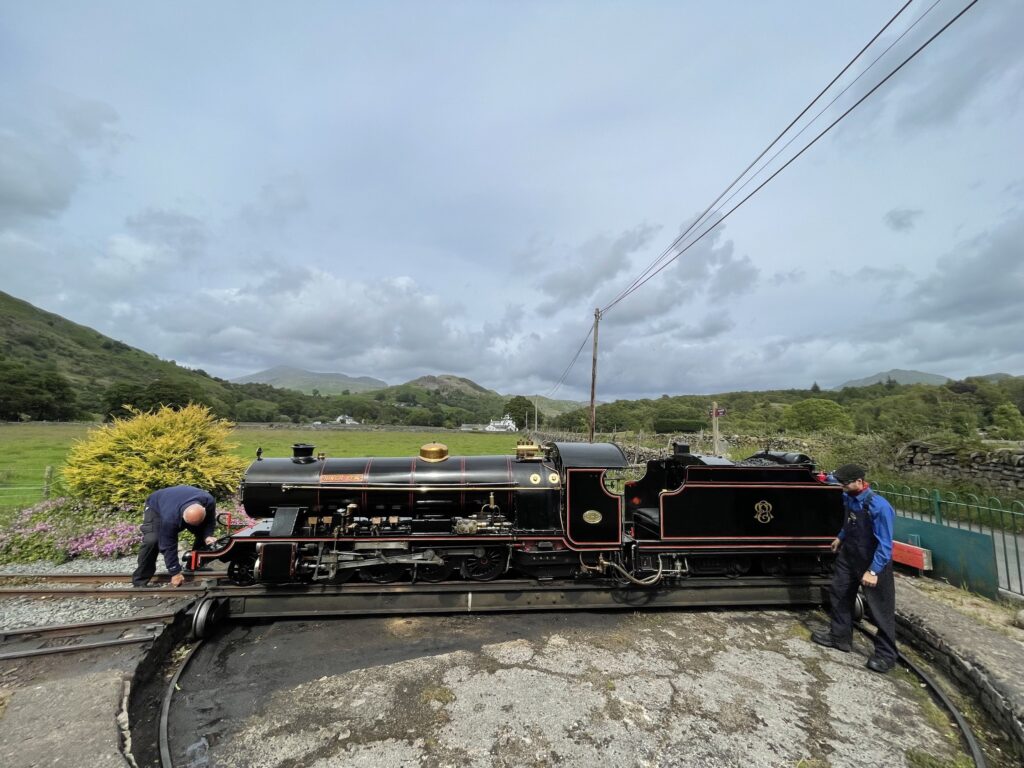
Nestled between Eskdale and Wasdale, Scafell Pike reigns as the nation’s highest mountain, offering intrepid adventurers an unparalleled journey to its summit. The quaint village of Boot is an ideal starting point for hikers wanting to conquer the summit. Boot is also a good place for steam train enthusiasts to stay with Dalegarth station near by for a trip on La’al Ratty. They can relish a nostalgic ride aboard the Ravensglass and Eskdale Railway, winding through picturesque landscapes. History buffs can stop and explore the historic Muncaster Castle, on their way to Ravenglass.
Discover the Rich History of the Area
Boot is home to Eskdale Mill, the last working water-powered corn mill in the Lake District. Visitors to the site can learn about its history. They can then tour the buildings to see how the nearby stream powered the traditional waterwheels used to grind grain. The buildings that exist today date from the eighteenth and nineteenth centuries. However, a mill has existed on the site since medieval times. For those interested in stepping even further back in time, a trip further up the valley leads to the spectacularly located remains of a Roman fort guarding Hardknott Pass. This fort is known as Hardknott Fort or Hardknott Castle. It played a crucial role in protecting the road that linked the Roman port at Ravenglass (Glannoventa) with a fort at Ambleside (Galava).
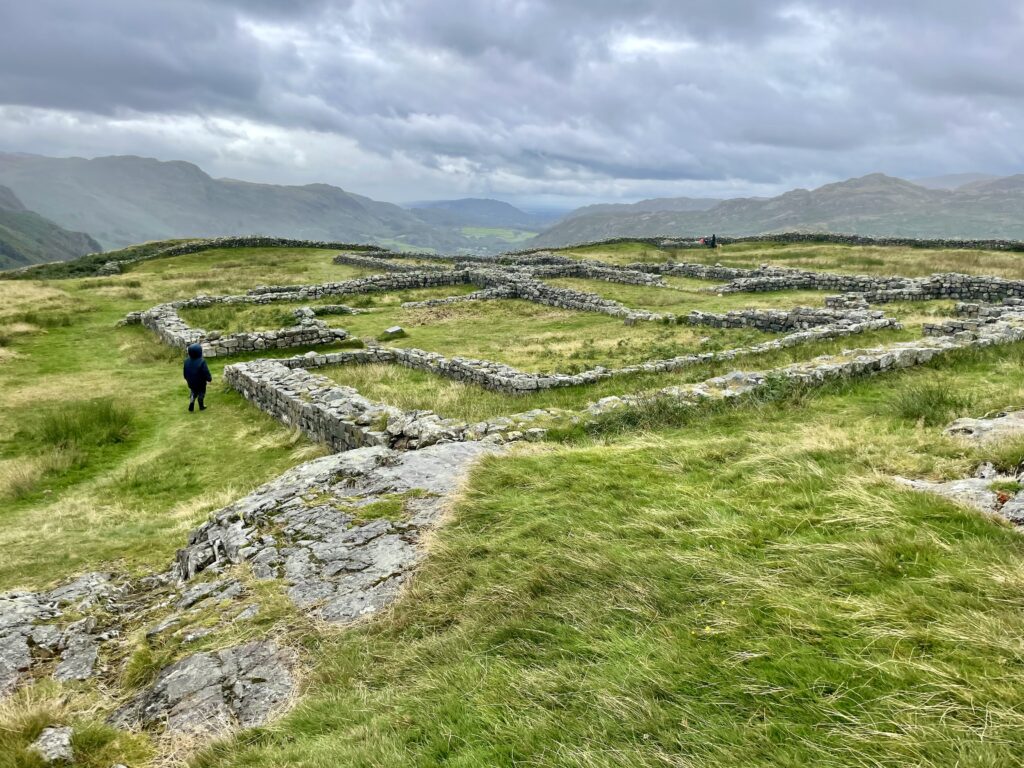
Venture into the Moorland and Tarns of Eskdale Valley
A good network of well-signposted paths makes easy work of exploring the valley bottom on foot. These paths pass old packhorse bridges, the tiny St Catherine’s Church, and lovely old farmhouses. There are stepping stones across the river for the nimble-footed or bridges if you don’t trust your sense of balance. On either side of the dale, old peat roads – grassy, zig-zagging tracks – were once used to bring this important fuel down from the fells above. These roads provide easy access to moody moorland and hidden bodies of water, such as Blea Tarn and Burnmoor Tarn. Lakeland’s largest tarn, Devoke Water, sits in a lonely spot to the south-west of the main valley. Surrounded by mysterious Bronze Age remains, it makes for an atmospheric outing.
Places to stay in Eskdale
Irton Hall
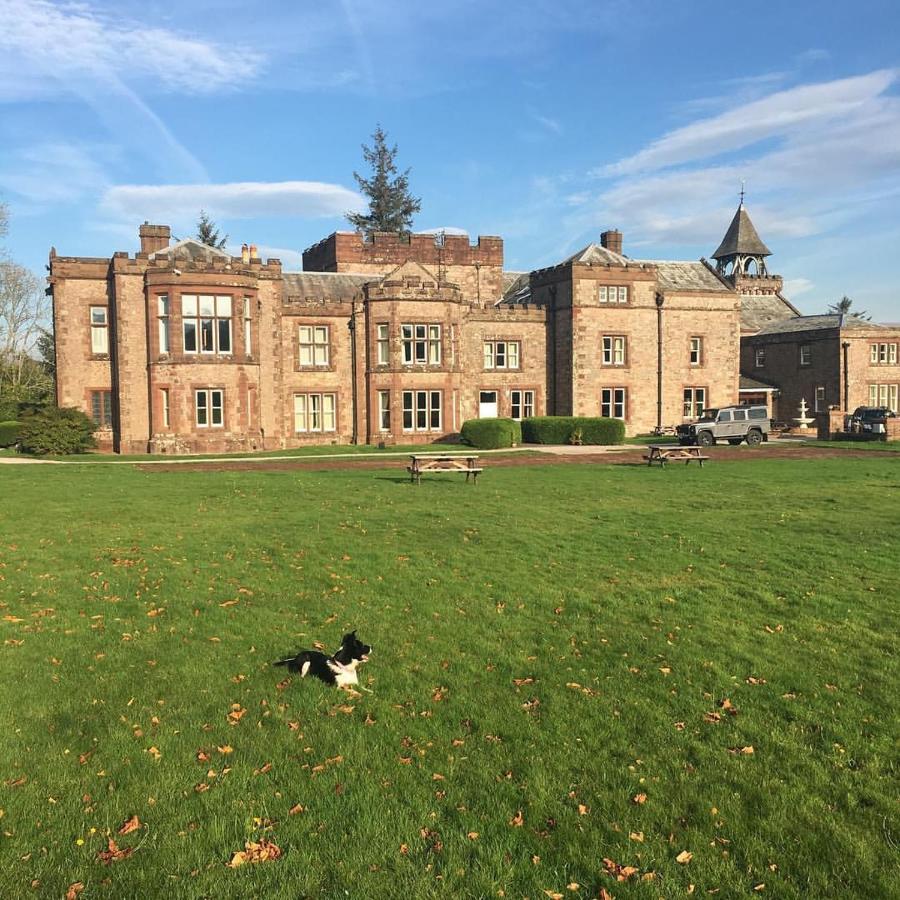
Address: Irton Hall, Eskdale, CA19 1TA
>> Check rates and availability
YHA
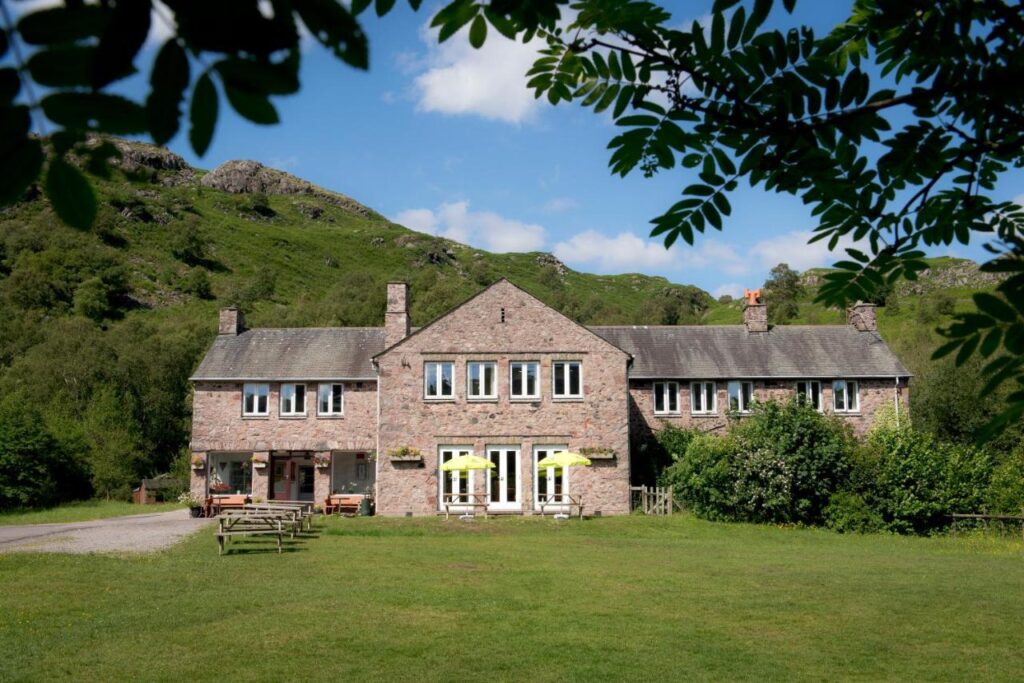
Address: Boot, Holmrook, Cumbria, Eskdale,
High Ground Cottage
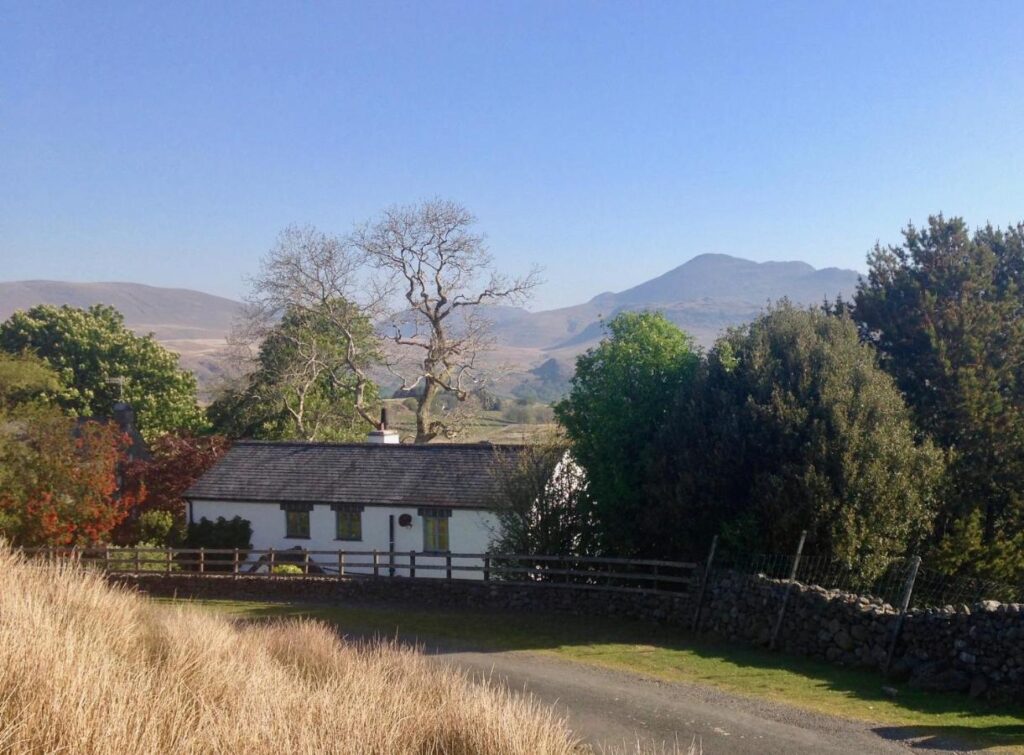
Address: High Ground Cottage, Eskdale
>> Check rates and availability
Bridge End Farm Cottages
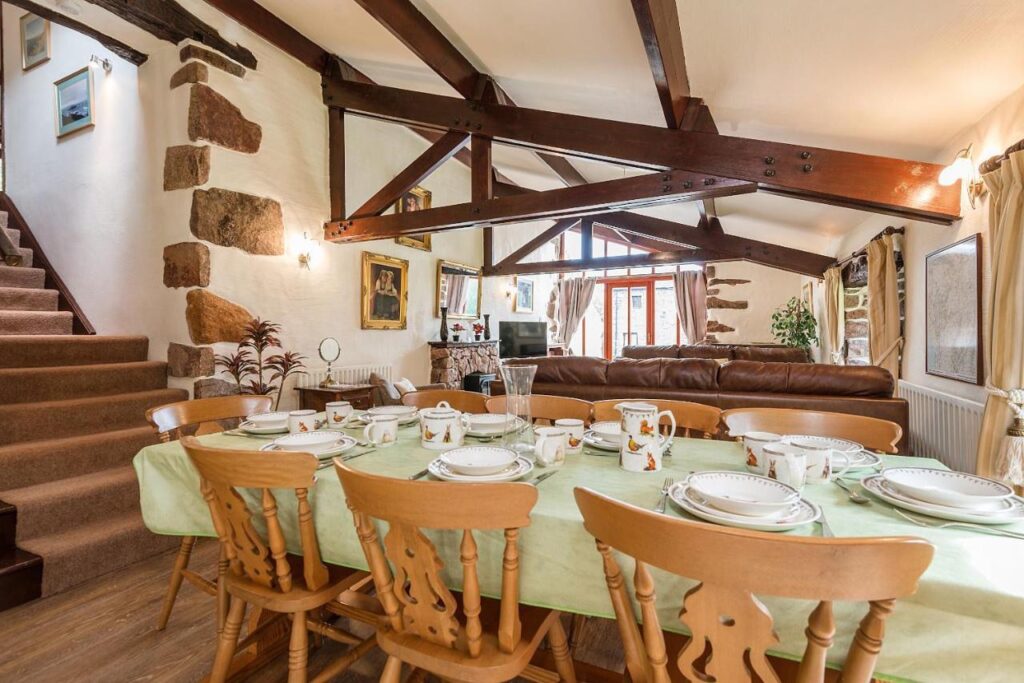
Bridge End Farm, Boot, CA19 1TG
